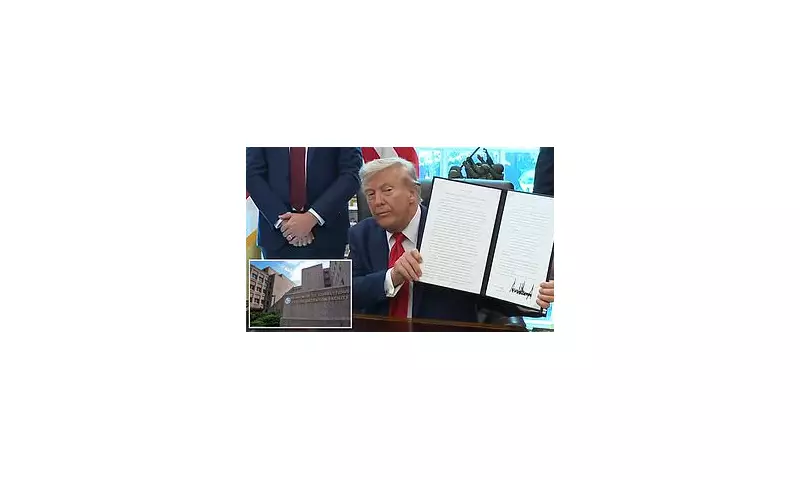
In what is being hailed as the most significant criminal justice reform in decades, former President Donald Trump has unleashed a transformative executive order that will fundamentally reshape America's approach to pre-trial detention and incarceration.
The End of Cash Bail in America
The bold new mandate effectively dismantles the long-standing cash bail system across federal jurisdictions, moving toward a risk-based assessment model that could forever change how defendants are processed before trial. This radical departure from tradition aims to address what critics have called a "two-tiered justice system" where freedom often depends on financial means rather than actual risk to society.
A Nation Divided on Justice Reform
The controversial order has ignited immediate debate across political lines. Proponents celebrate it as a long-overdue correction to a system that disproportionately penalizes low-income Americans, while opponents voice grave concerns about potential impacts on public safety and judicial discretion.
Key provisions of Trump's executive order include:
- Elimination of monetary bail requirements at federal level
- Implementation of algorithmic risk assessment tools
- Increased pre-trial monitoring protocols
- Federal incentives for states adopting similar reforms
- Enhanced victim protection measures
The Ripple Effect on US Prisons
Legal experts predict this move could trigger the largest transformation of American prisons in generations. With approximately 500,000 Americans currently held in pre-trial detention—many simply because they cannot afford bail—the policy could dramatically reduce prison populations almost overnight.
Correctional facilities nationwide are bracing for operational upheaval as they adapt to what could become a new era of justice administration, where detention decisions are based on calculated risk rather than financial capability.
A Political Lightning Rod
The executive action has already drawn sharp reactions from across the political spectrum. Advocacy groups have praised the move as a victory for civil liberties and racial equality, while law enforcement organizations have expressed apprehension about releasing potentially dangerous defendants without financial guarantees.
As this policy begins its implementation phase, all eyes will be on its practical effects on crime rates, court operations, and the very fabric of American justice—setting the stage for what could become a defining issue in the next presidential election cycle.





